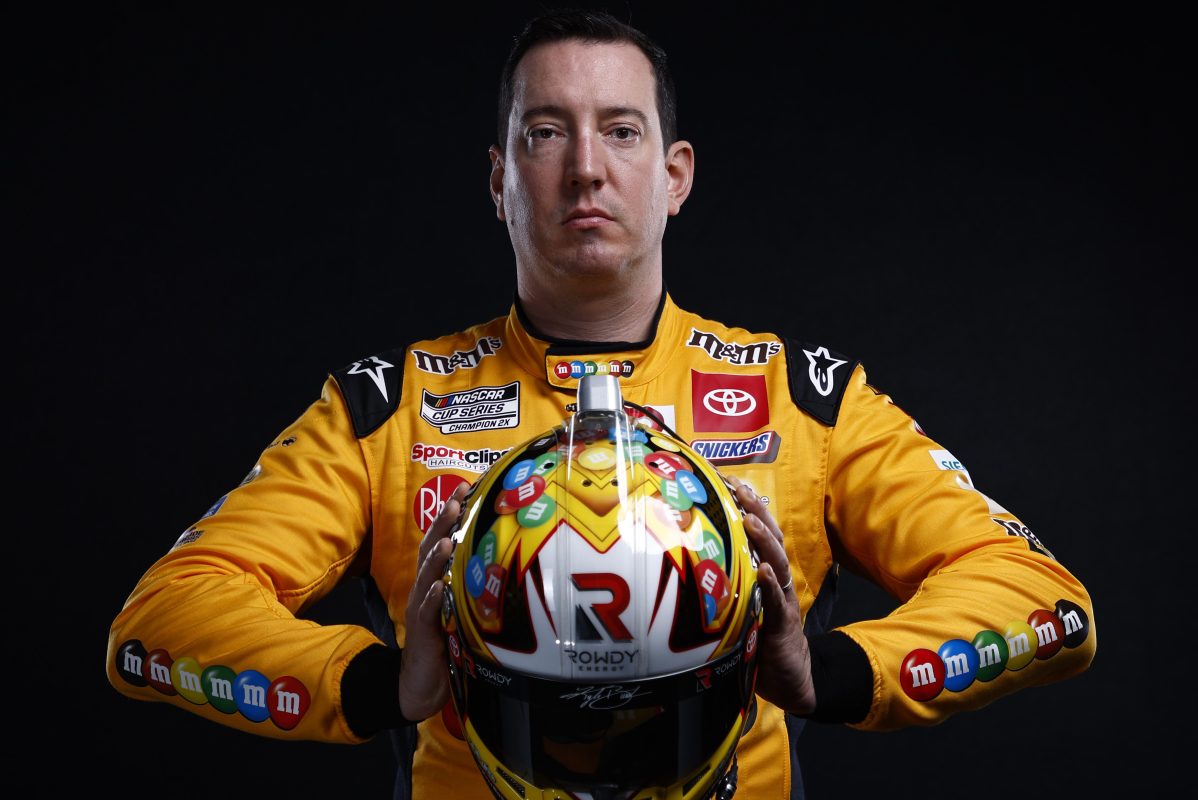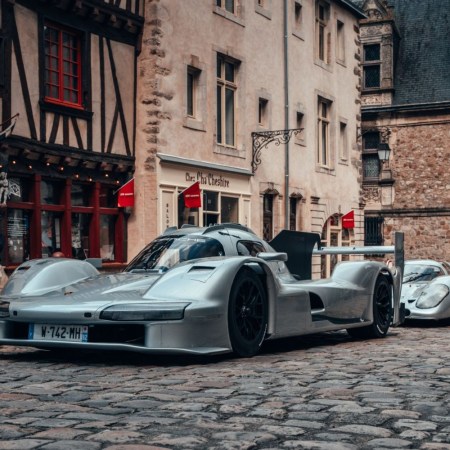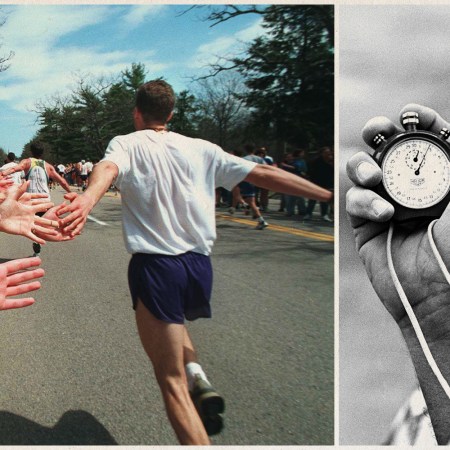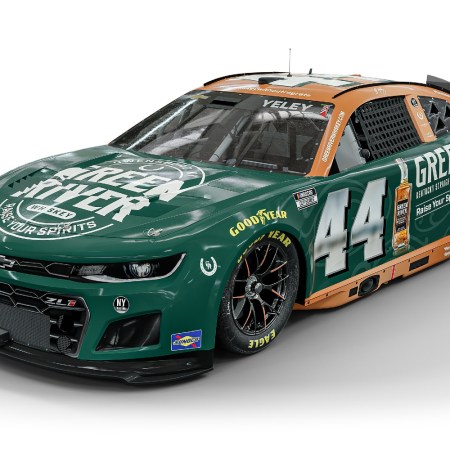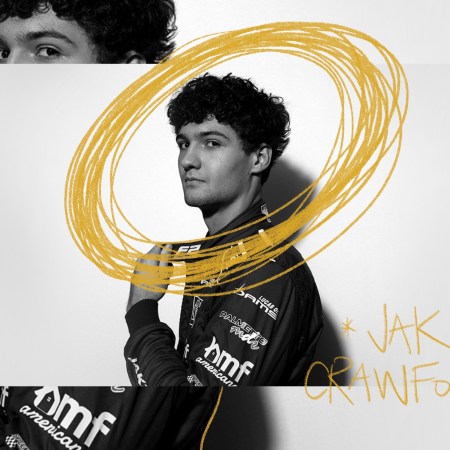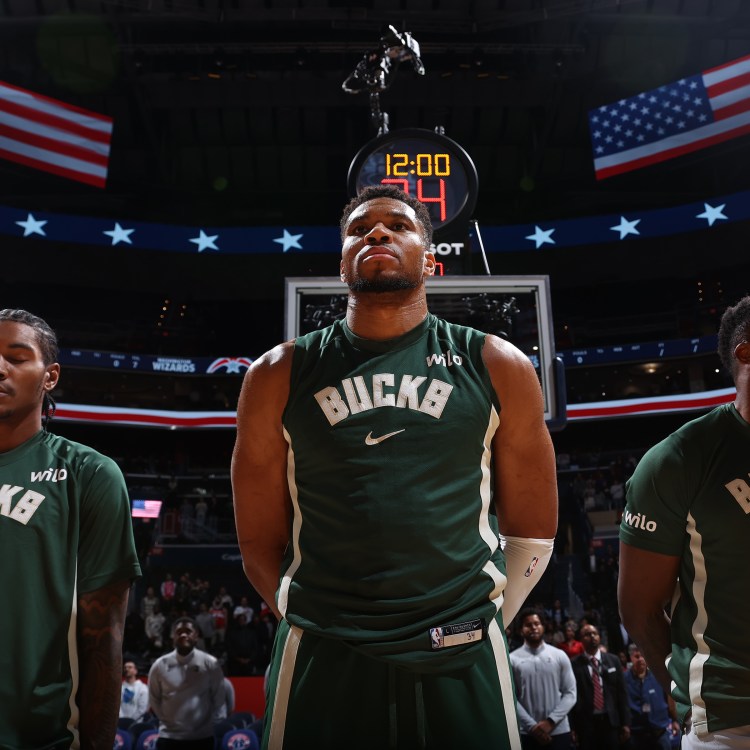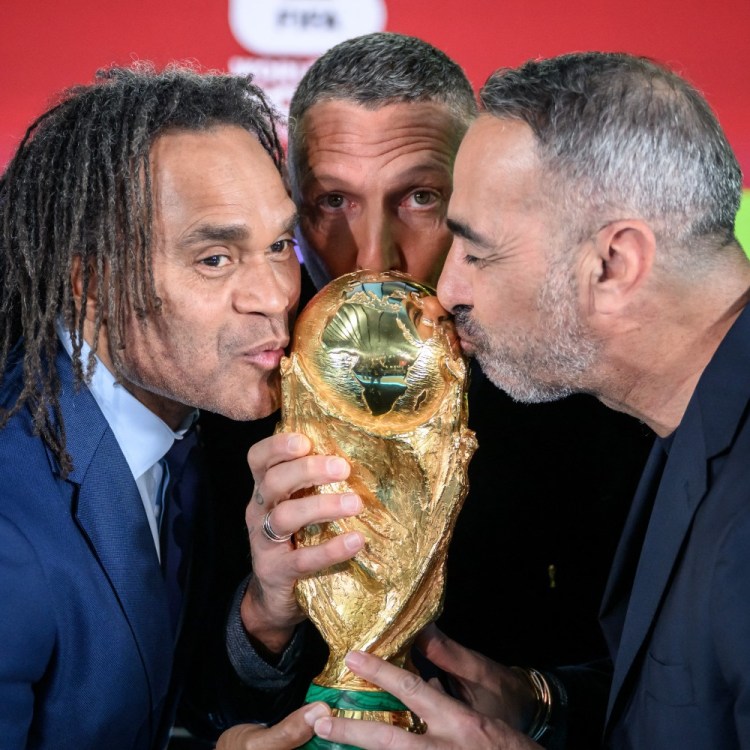Driving the #54 Skittles Gummies Toyota last May in NASCAR’s debut at the Circuit of the Americas (COTA) in Austin, Kyle Busch tasted the rainbow as well as victory by winning the Xfinity Series Pit Boss 250.
The leader in 35 of 46 laps in his 98th career series victory, the Las Vegas native was able to navigate the 3.426-mile racetrack, which has become an annual stop for Formula 1, IndyCar and other racing series since it opened in 2012, with precision even though the 20-turn road course is vastly different than the oversized oval speedways that NASCAR typically uses. How’d he do it? As Busch, who will be breathing easy behind the wheel of the No. 18 Skittles “Lime is Back” Toyota Camry for Joe Gibbs Racing while traveling at speeds of nearly 200 mph, tells InsideHook, it was simply a matter of being prepared.
“The biggest thing is getting track time,” he says. “Last year there were a couple of track days and I went there and was able to get some laps around the racetrack just to get formulated with the hills and the ups, the downs, the curbs, the turns, what corners you could see and what corners were blind. Also, what I enjoy doing sometimes is watching past Formula 1 and Indycar races on video to see how they play out. How are their starts? What areas do the drivers really attack hard? What areas of the track are passing zones? Watching how aggressive guys can be. Things like that.”
The prep on the track and in the video room with the F1 and Indycar film readied Busch to make a shift in driving style for the road course.
“Most of the year, we race on superspeedways that are ovals. There are also shorter half- or three-quarter-mile tracks,” Busch says. “On road courses like COTA you have braking, shifting, turning left, turning right, upshifting and trying to get the power of the engine through the rear tires attached to the racetrack and not spin the car out. All those things are very convoluted and difficult.”
That level of difficulty and precision is exactly what makes it real racing.
“The more difficult it is, the more enjoyment I get out of it because I feel like you’re actually able to use your talent and make the car go as fast as you can possibly make the car go,” Busch says. “Drivers who are less talented will have a tougher time making their car go as fast as you think you can make your car go. The counter of that is the speedway racing we do where everybody can go wide open all the way around the racetrack. It’s simple. It’s not that hard. All you’ve got to do is miss the crashes and see if you can be the first one to the finish line. That doesn’t take any skills so that’s not racing. Their form of racing is so much different than ours. When you touch wheels in open-wheel and your car’s bent or hurt, it hurts the performance. Us NASCAR guys can bang off each other a little bit and it doesn’t really hurt our cars all that much.”
Busch has enjoyed his time behind the wheel during road-course races enough that he’s thought about trying his hand at F1, but don’t expect to see him on Drive to Survive on Netflix anytime soon.
“I’d love to, it’s just impossible to do,” he says. “There are so many rules and stipulations and things you have to do to become a Formula 1 driver. You need what’s called a super license to be able to race an F1-style car. It would basically take two to four years to get.”
However, if Netflix ever decided to make a behind-the-scenes show like Drive to Survive about NASCAR, Busch wouldn’t necessarily be opposed.
“It would be interesting to see exactly how in-depth and behind the scenes the cameras would really get with team meetings and the meetings you have with your engineers and things like that,” he says. “Obviously, all that stuff needs to be kept pretty tight and not out there in the open for everybody to learn how you go about your business. But there are certain aspects that could be dramatized for the race fan to enjoy or not enjoy. Sometimes there’s drama on the racetrack that pours over into how the drivers interact off the racetrack.”
To find out if there is any drama during NASCAR’s return to COTA, check out Busch and the Cup Series this weekend.
The Charge will help you move better, think clearer and stay in the game longer. Subscribe to our wellness newsletter today.
